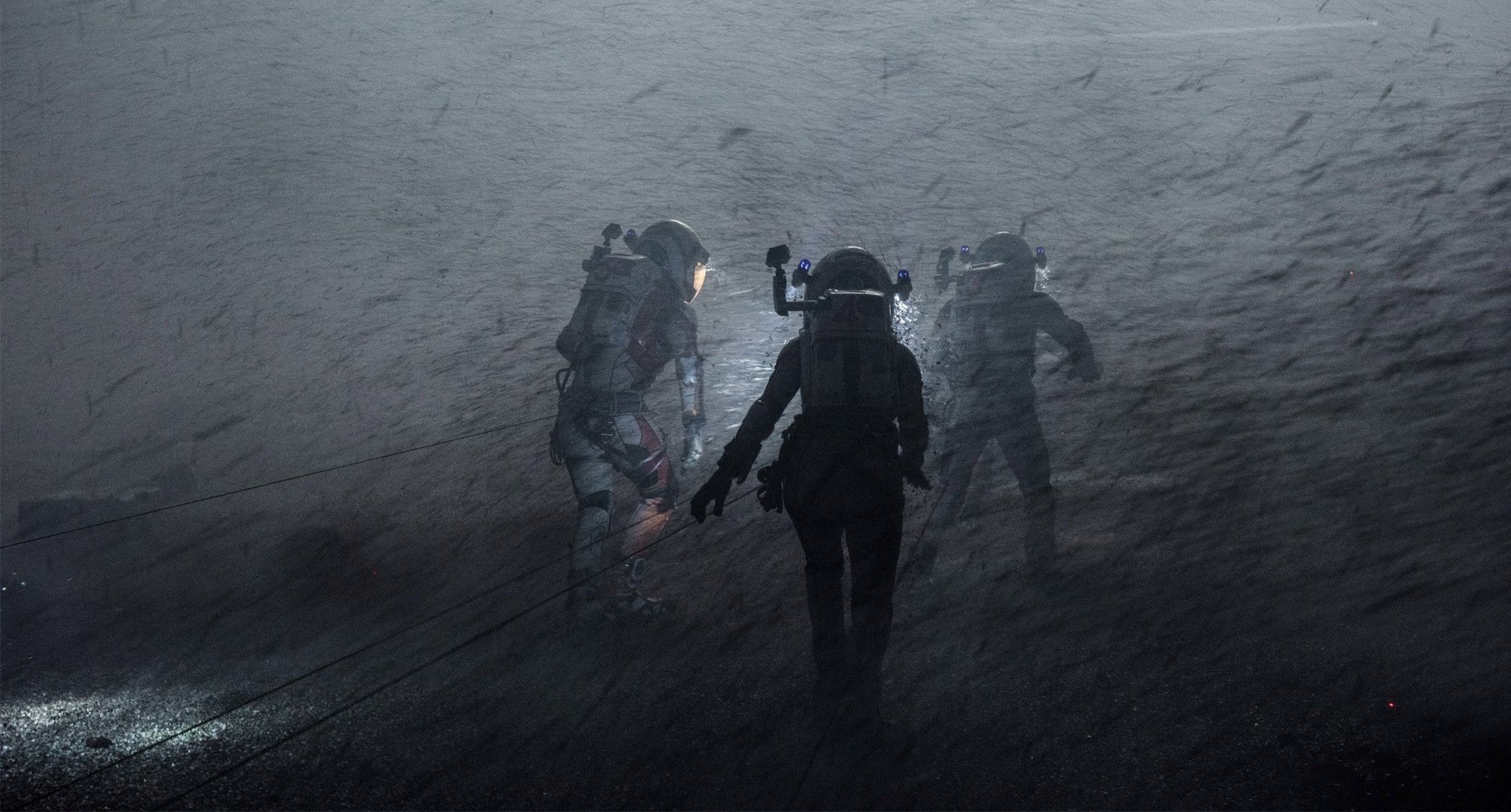With “The Martian” NASA has rediscovered the real reason for going to space
Hot on the heels of the release of the action movie The Martian—and the discovery that the red planet still has liquid water—NASA has unveiled a bold three-stage plan for getting humans to Mars within the next couple of decades.


Hot on the heels of the release of the action movie The Martian—and the discovery that the red planet still has liquid water—NASA has unveiled a bold three-stage plan for getting humans to Mars within the next couple of decades.
The timing may seem odd. In The Martian, an astronaut is stranded on Mars and has to be rescued. The risks are huge; the expense is astronomical; and just about everything that can go wrong does. The movie, made in collaboration with NASA, hardly seems like an advert for more manned space exploration.
Yet it is, and in a cleverly subversive way. In the Cold War years, as John F. Kennedy said, Americans flew space missions “not because they are easy, but because they are hard.” After the Soviet threat vanished, NASA’s mantra became “faster, better, cheaper.” There was a new timidity, enforced by a penny-pinching Congress.
That penny-pinching is now worse than ever. And it makes a certain sense. Unless you believe, like Elon Musk, that we need to colonize Mars in case Earth is wiped out, there’s no reason to send people there.
But the benefit of human spaceflight has never been the destination. It’s always been the journey—partly for the technological spin-offs, and partly for the greater glory.
NASA is already a master of social media. Now, by pairing its ambitions for Mars with a story of disaster, it’s tapping into a much more primal source of support than any cost-benefit analysis: belief in the human spirit. It’s a risky bet to make against politicians and bean-counters, but it suggests the agency has remembered the only good reason for going to space: because it is hard.
This was published as part of the Quartz Weekend Brief. Sign up for our newsletters here, tailored for morning delivery in Asia, Europe & Africa, and the Americas.